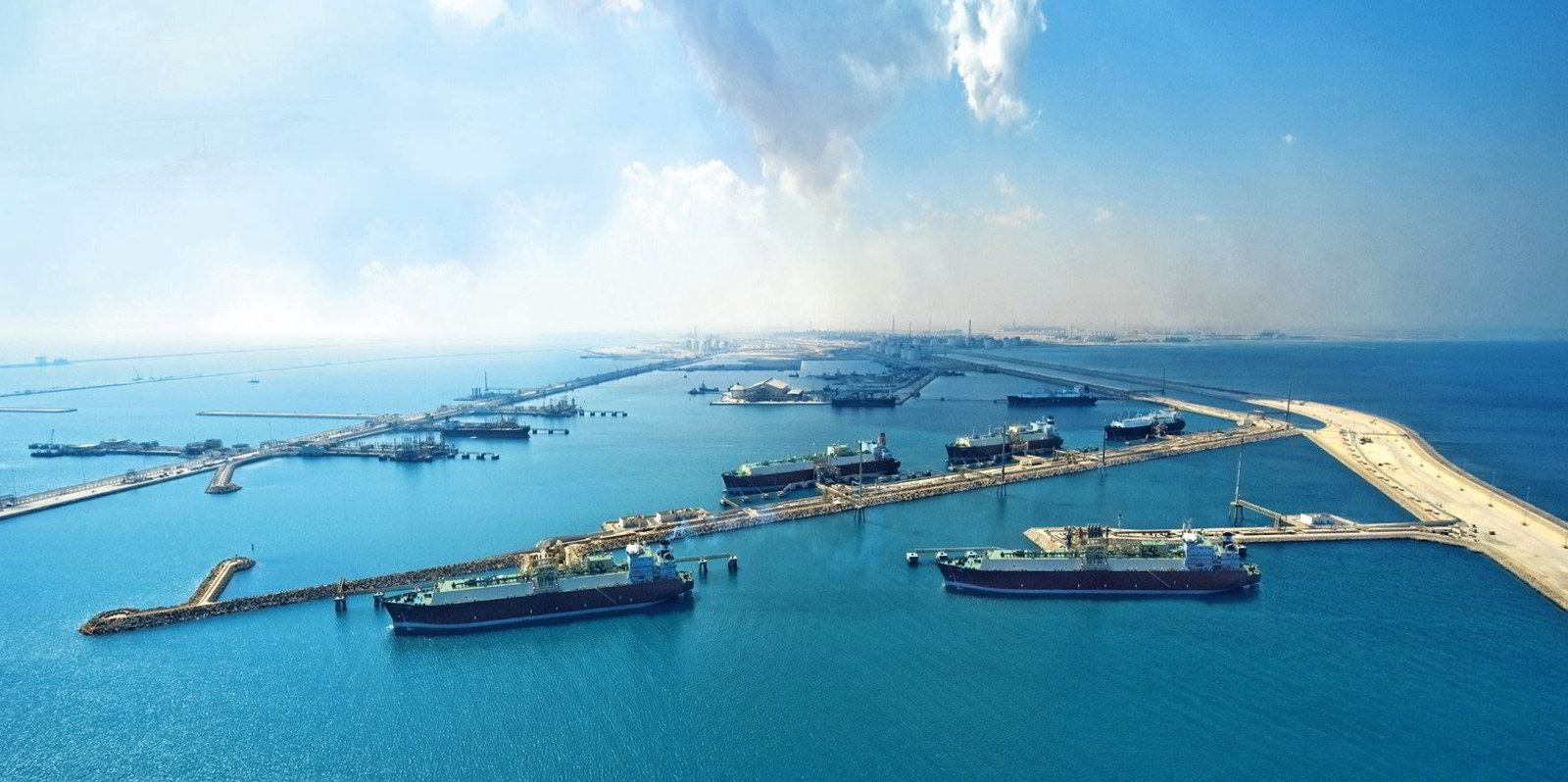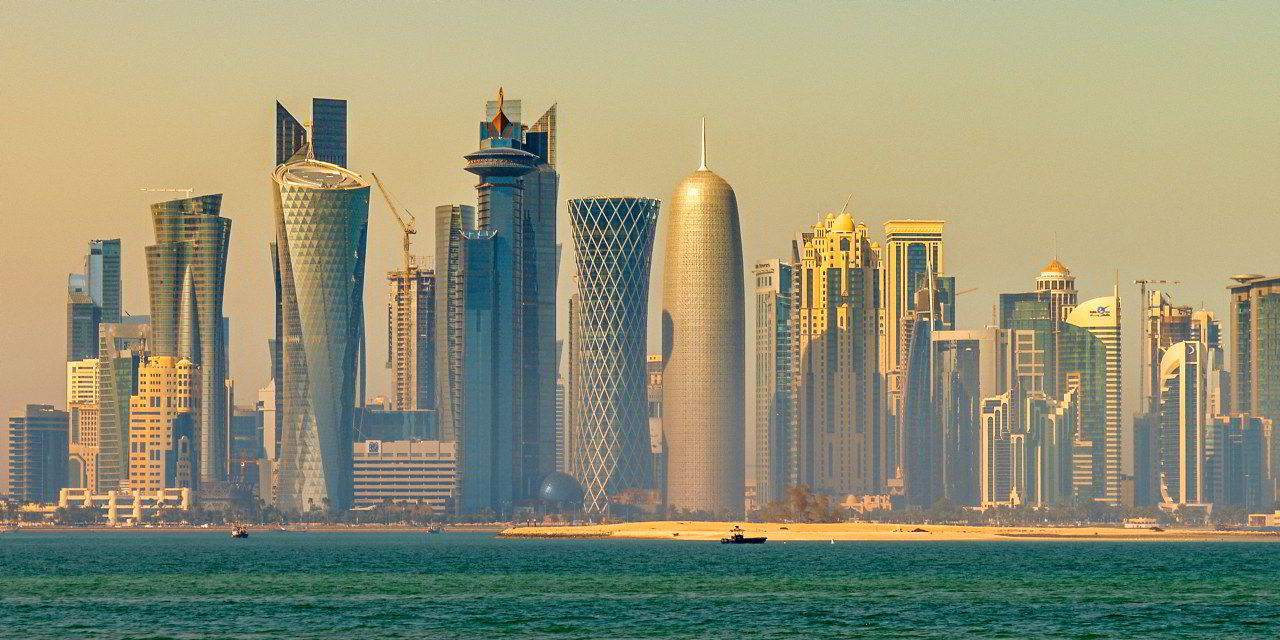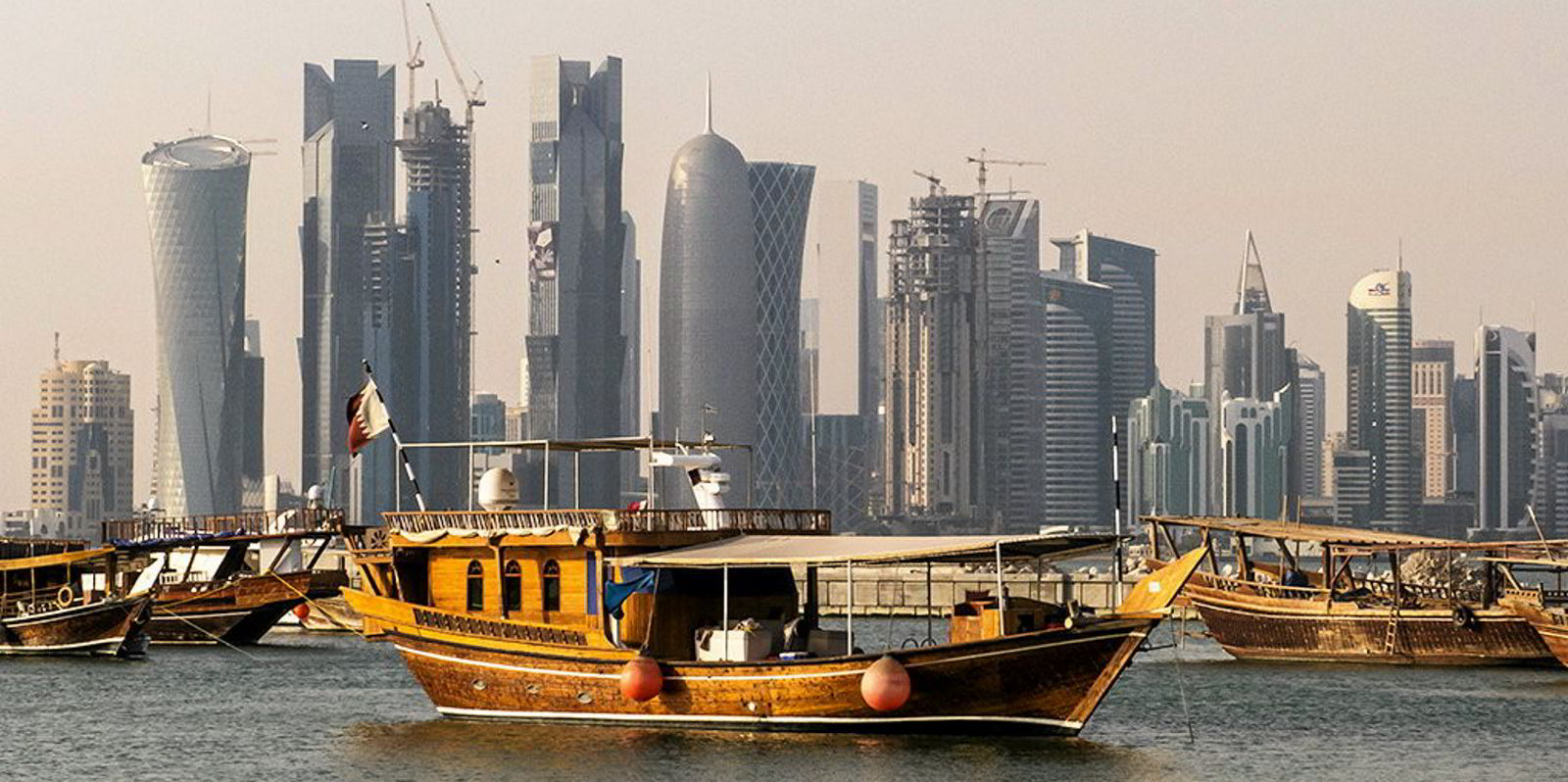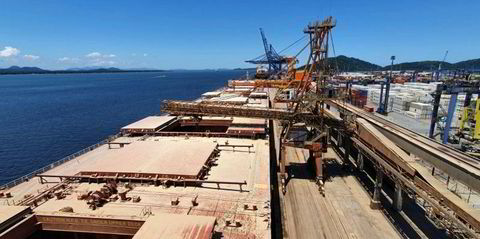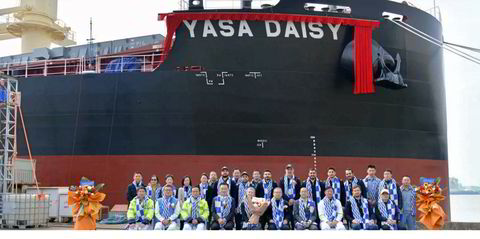Selected shipowners are due to submit commercial offers on Friday 20 August for what looks set to be a first batch of LNG carrier newbuildings in Qatar’s plan to acquire up to 150 vessels.
Sources closely following the process, which aims to meet the shipping needs to feed Qatar's liquefaction expansion and fleet renewal needs, said three South Korean groupings are among the original 37 pre-qualified shipowners being invited to bid.
They said five companies — H-Line Shipping, Hyundai LNG, Korea Line, Pan Ocean and SK Shipping — have clubbed together under the unofficial name “K5”. The moniker mirrors what their Japanese counterparts did — first as “J3” and then “J5” — during earlier Qatari shipbuilding tenders.
Separately, Hyundai Glovis is said to be another contender.
Kukje Maritime Investment Corp (Kmarin) is believed to be another bidder hoping to move forward in the process.
Old friends
Japan’s big three shipowners — Mitsui OSK Lines, NYK Line and K Line — are also thought to be among those continuing in the bid process.
Their inclusion is unlikely to come as a surprise to the industry as the companies have worked closely with Qatar on LNG carriers in the past, with Japan being a foundation buyer from the Middle East Gulf state.
But it does come as Japan indicates that it plans to reduce its dependence on LNG imports. The country has revised its Strategic Energy Plan in a bid to cut emissions, lowering the targeted share of LNG in the country’s power generation mix from 27% to 20% by 2030.
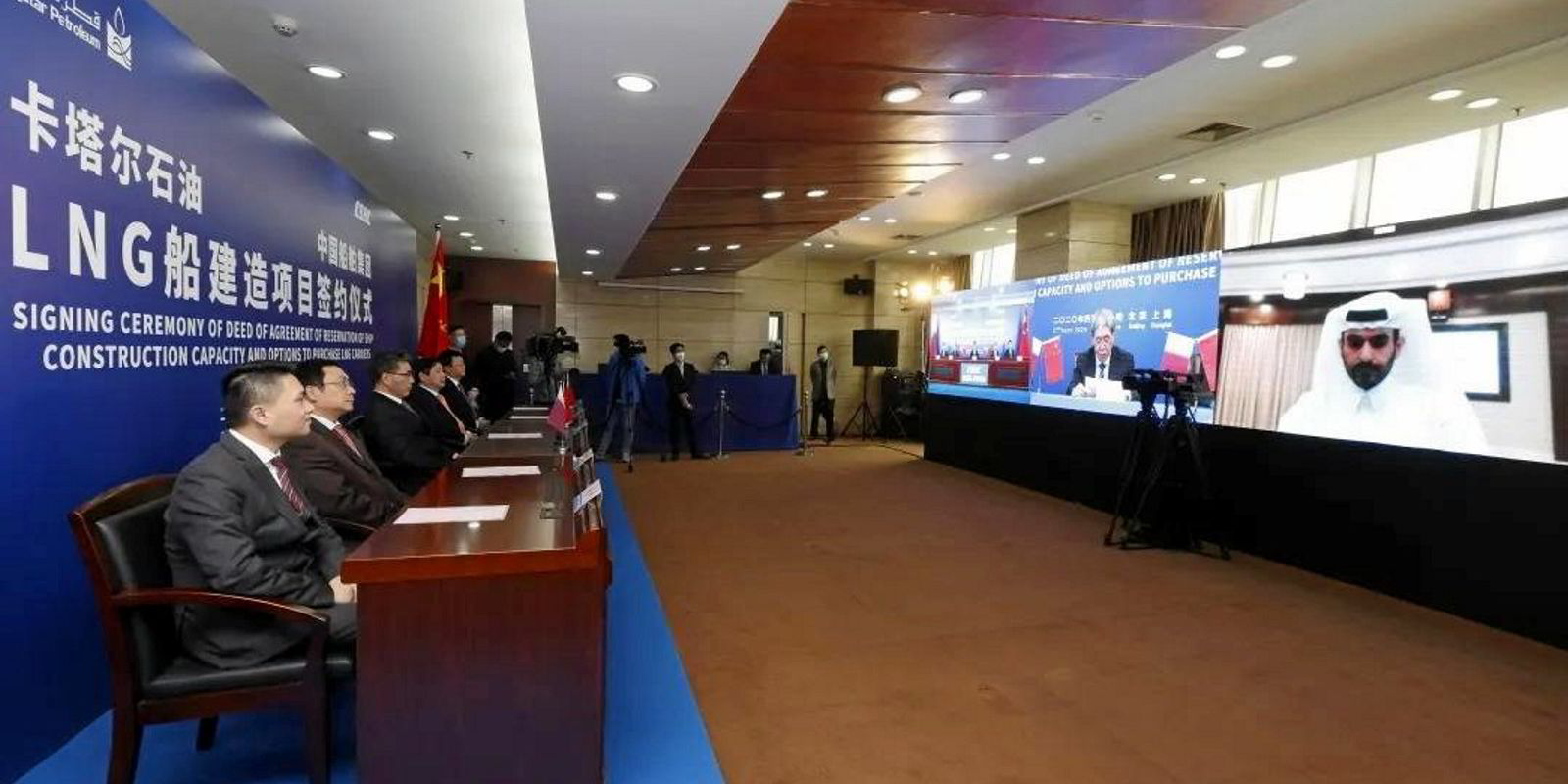
Tender watchers said there are fewer-than-expected names from Western shipowners. They named Maria Angelicoussis-controlled Maran Gas Maritime as being among those invited to submit an offer. Maran is already working with Qatar’s Nakilat on several LNG carrier ownership projects.
In addition, Greece’s Alpha Gas is believed to be among those offering in.
Others said they believe Teekay LNG may also be bidding, as the company had made positive noises to analysts about the business.
In contrast, some companies have been vocal about their decision not to participate because of contract structures and anticipated low margins from the business.
Orders expected
Several sources told TradeWinds that Qatar Petroleum, which has nominated Qatargas to handle the ship tender process, is expected to move forward on time-charter and shipbuilding contracts for up to 20 LNG carriers before the end of this year.
These vessels would likely be due for delivery dates starting in 2024.
A final choice of shipowners is due to be made in September. Those making commercial offers have been asked to detail their preferred yards, but ultimately Qatargas is expected to pair them with its reserved berth slots.
Contracts are anticipated to be inked towards the end of the year.
In July, TradeWinds revealed that Qatar Petroleum’s huge deal — reserving up to 151 LNG berths in total at South Korea’s big three shipbuilders and China’s largest LNG yard — had been hit by surging steel prices. The cost of steel plate has jumped from about $700 per tonne to more than $1,000 per tonne.
Price talks
Under its original agreement, Qatar Petroleum agreed to a fixed price — said to be between $180m and $185m per ship with a formula to adjust this to account for materials price and currency exchange fluctuations. There is also a berth reservation fee that is payable for every month beyond which an order deadline is extended.
Sources said shipbuilders have held their ground in renegotiations with the Qataris, detailing that if they applied the formula under the original deal the price of the newbuildings could rise to around $215m for each vessel.
But one source revealed that an agreement has been reached involving a discounted price, equivalent to just over 10% of any steel price rise. He suggested this would likely put the cost of any newbuildings at just over $200m per vessel.
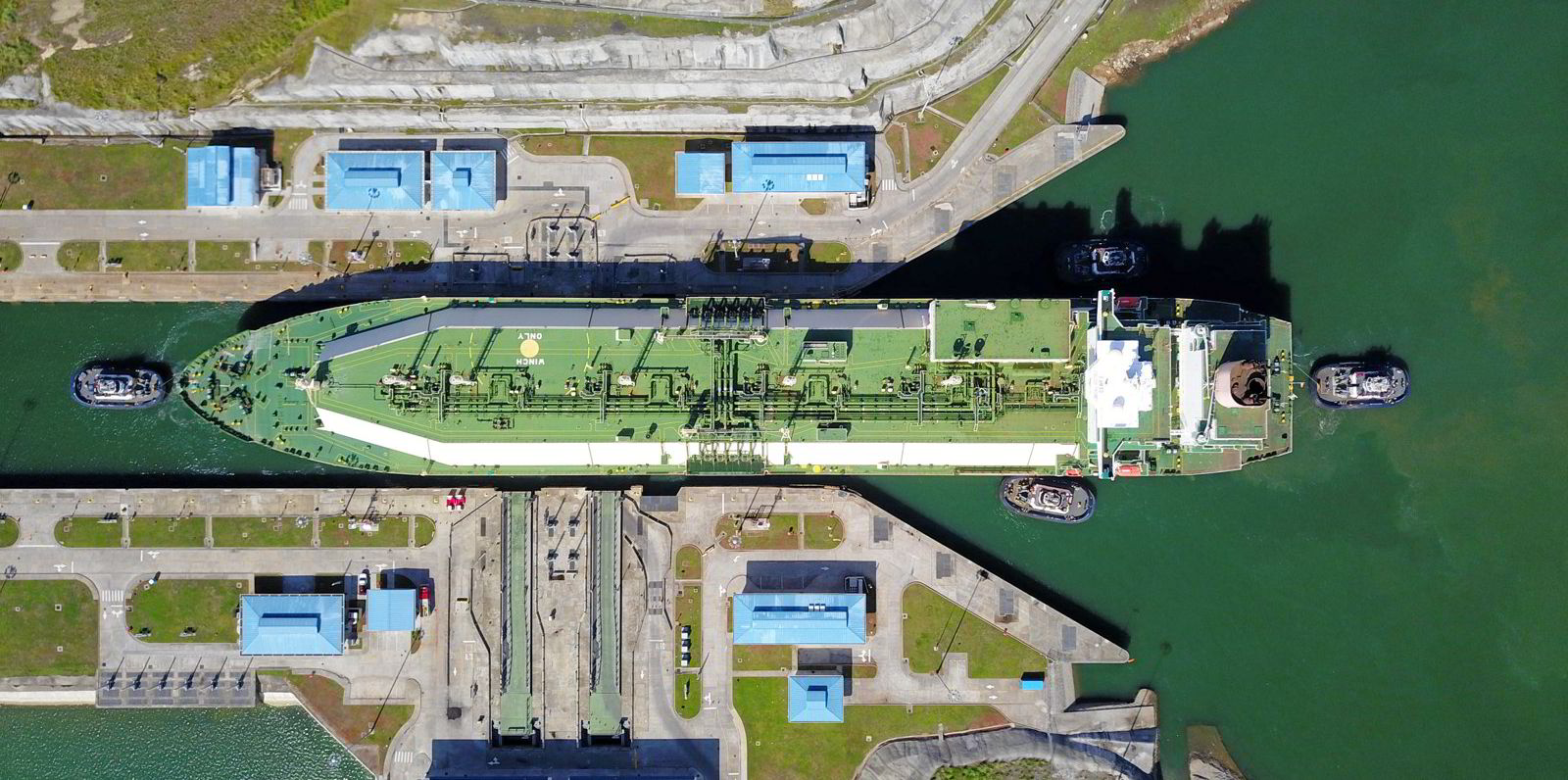
The final price will also depend on the choice of specifications on the vessels with Qatar Petroleum signing up to several optional design features for the ships.
Qatar has moved to nail down a large swathe of LNG newbuildings to support its planned North Field Expansion project, which will raise its nameplate production from 77 million tonnes per annum to 126 mtpa by 2027.
The Middle East Gulf producer also needs vessels for fleet renewal and its Golden Pass LNG export project in the US.
